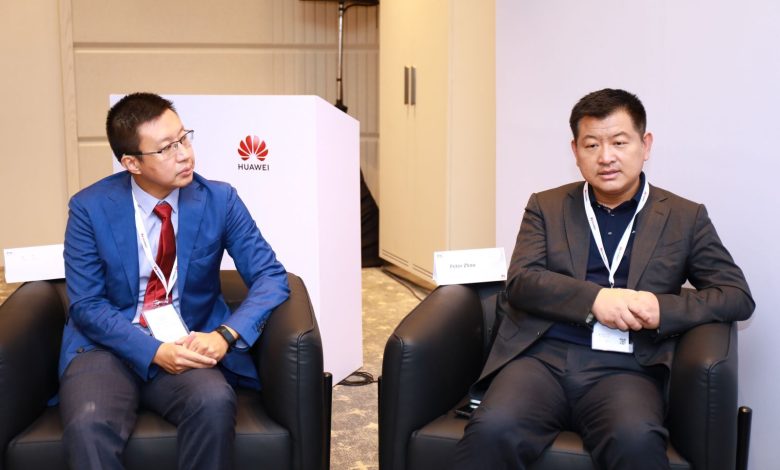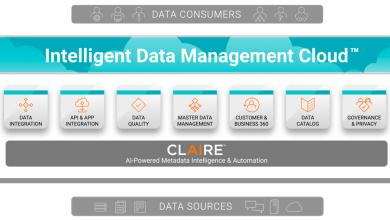
Nearly ten thousand people met at Huawei Connect 2022 to share ideas and explore the future of technology and its impact on society. During the course of the event, I had the pleasure of conversing with Peter Zhou, President of Huawei IT Product Line. Our conversation leads to Huawei’s take on the future of data centres.

When Huawei was founded, storage devices weren’t one of their top priorities, as Peter tells it. Its intended use is strictly internal; it is not for sale to the general public. Over the years, Huawei’s storage solution has received praise from customers for its dependability and durability; as a result, much effort has been put into making the service commercially available.
Storage as a Key to Digital Economy Success
“We think storage is crucial for ICT,” Peter said. Especially today, he went on, “when the digital economy is booming.” In 2012, Huawei initiated 12 R&D centres globally to develop storage technologies. More than 18,000 clients in over 150 countries supported by 4,000 research and development experts and 3,000 storage patents.
According to Peter, the amount of unstructured data is growing exponentially every day. In addition, the importance of various types of unstructured data has grown for businesses. In China, for example, facial recognition is already a tremendous success for vending machines and shopping centres’ e-payment. This type of unstructured data is expected to play a significant role in the future.
However, the difficulty is in finding a dependable and low-cost solution to store the massive amount of data. As Peter noted, Huawei’s goal for data storage is a unified all-purpose data storage that can accept many sorts of data with ease instead of having distinct equipment for every type of data. Huawei’s mission has always been to provide a solution that allows for the sharing of data amongst applications of varying types using a single set of hardware.
Data Storage Power Is the Digital Cornerstone of Development
Huawei officially issued its white paper, Data Storage Power – The Digital Cornerstone of High-Quality Development, on the opening day of Huawei Connect 2022. The white paper examines the evolution of the storage sector by defining quantitative indicators to assess data storage capacities and analysing the existing data storage landscape across different locations throughout the world.
Data storage power is a broad notion that encompasses storage capacity (the core), performance, dependability, and environmental friendliness. According to Peter, data storage power is now insufficient, which is causing bottlenecks in daily data storage computing. This phenomenon is caused by how data is created. Every day, data in the form of movies, images, audio, and emails are created and saved on the device as well as on the cloud. Even when these data are supposed to be stored locally, copies of them are increasingly saved in the cloud as backups.

Currently, data storage capability is assessed in terms of capacity. However, with the industry’s rapid expansion and the advent of new, diverse data services such as AI and big data, capacity alone is insufficient to predict the future development and construction of storage systems. According to Peter, the whitepaper delves into the following ideas:
- Quantitative data storage value research: According to Huawei’s studies, a data storage investment of USD $1 results in a direct value of USD $5, an indirect value of USD $8, and an induced value of USD $30-40.
- An indicator system that evaluates an area’s or data centre’s data storage capacity: Based on the characteristics of countries and organisations, this system consists of 35 three-level indicators distributed across four directions: Magnitude, efficiency, foundation, and development.
- A study of storage capacity in 20 nations and regions: The white paper investigates why certain nations rank first in data storage power and how those that score below might catch up. It also makes policy recommendations for increasing data storage capacity.
A Fruitful Evening
Our discussion that evening sheds additional insight on Huawei’s new path from this year forward, owing to Peter’s willingness to spend some time talking with me. If I had my way, the session would have concluded at night. My heartfelt thanks go to Peter Zhou for taking the time to answer my inquiries back then. Data storage technology as we know it will keep on growing, and it is up to the big players such as Huawei, to keep on innovating and taking advantage of this digital commodity.




